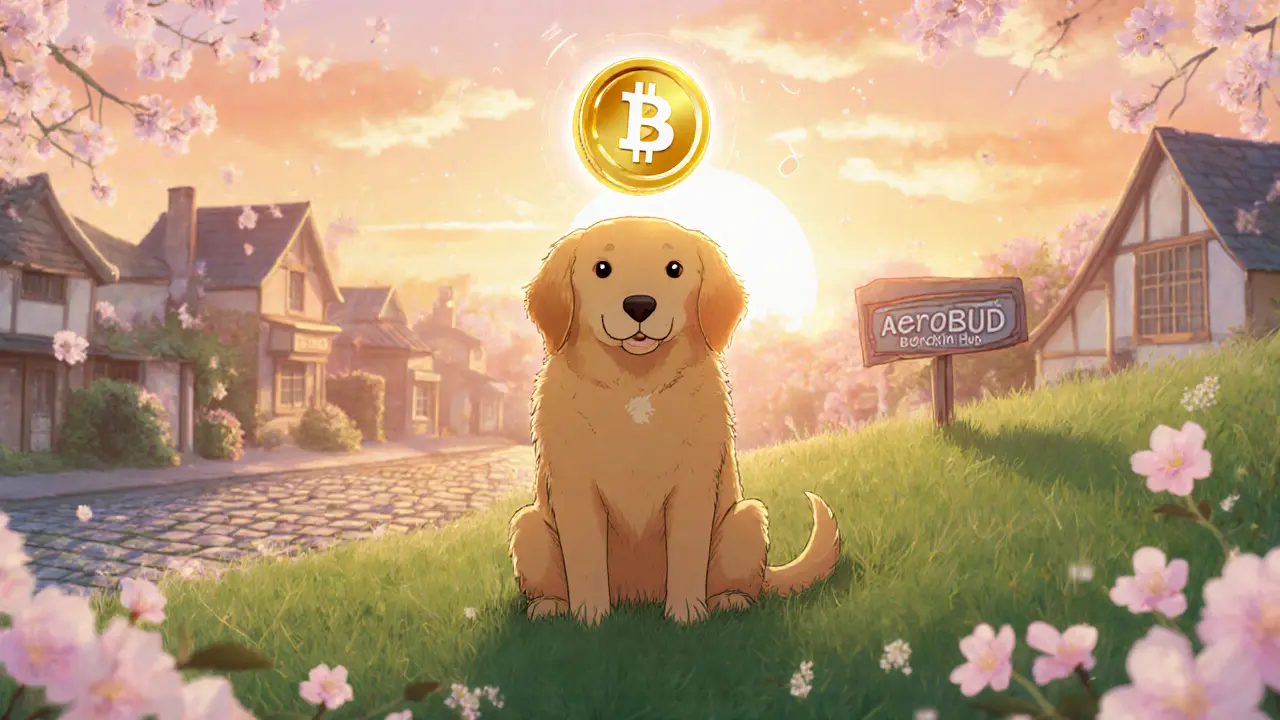Meme Coin: Everything You Need to Know
When diving into meme coin, a digital token that rides on internet humor and viral trends to gain value, you’re really looking at a niche corner of cryptocurrency, the broader class of digital assets secured by cryptographic methods built on blockchain, a decentralized ledger that records transactions transparently. The tokenomics, the economic model behind a token, of a meme coin often hinges on community hype rather than traditional utility, meaning price swings can be extreme. A typical launch kicks off with an airdrop—free token distribution aimed at seeding the market fast—so early adopters can start trading while the meme spreads. meme coin encompasses community‑driven marketing, requires viral meme culture to stay alive, and leans on blockchain technology to issue tokens without a central authority. Because sentiment lives on social platforms, a single tweet can trigger a flood of on‑chain activity, and the resulting volatility is both the biggest lure and the biggest risk for traders.
Understanding the risk profile starts with looking at price dynamics. Unlike utility tokens that may have a clear use case, meme coins often lack intrinsic value, so their market cap is driven by hype cycles, influencer endorsement, and meme longevity. This creates a feedback loop: higher social buzz pushes price up, which attracts more attention, and the cycle can reverse just as quickly when the joke fades. From a security standpoint, the underlying blockchain usually remains robust—most meme coins sit on Ethereum or Binance Smart Chain—so the protocol itself resists tampering. However, the smart contracts that launch them can be poorly audited, opening doors for rug pulls or hidden fees. Tokenomics can also include high supply inflation, where billions of tokens are minted to keep the price low and encourage trading volume, but this strategy can dilute early holders. Monitoring on‑chain metrics like wallet count, transfer frequency, and liquidity pool health gives a clearer picture than social hype alone. Regulatory eyes are turning toward these tokens as well; some jurisdictions treat them like securities if they’re marketed as investment opportunities, which adds another layer of compliance risk.
Below you’ll find a curated list of articles that dig deeper into these themes. We cover everything from diversification strategies that can offset meme‑coin volatility, to how blockchain immutability affects token launches, and even case studies on how countries like El Salvador handle crypto adoption. Whether you’re a beginner trying to grasp the basics or a seasoned trader looking for actionable insights, the posts ahead give practical tips, real‑world examples, and data‑driven analysis to help you navigate the wild world of meme coins.
Ghibli Mubarak (GMUBARAK) Crypto Coin Explained
A concise guide to Ghibli Mubarak (GMUBARAK) crypto coin, covering its token basics, market data, how to buy, risks, and future outlook.
Aerobud (AEROBUD) Explained: The Meme Coin Supporting Animal Shelters
Learn what Aerobud (AEROBUD) is, its tokenomics, charitable mission, how to buy it, and the risks involved-all in one clear guide.






